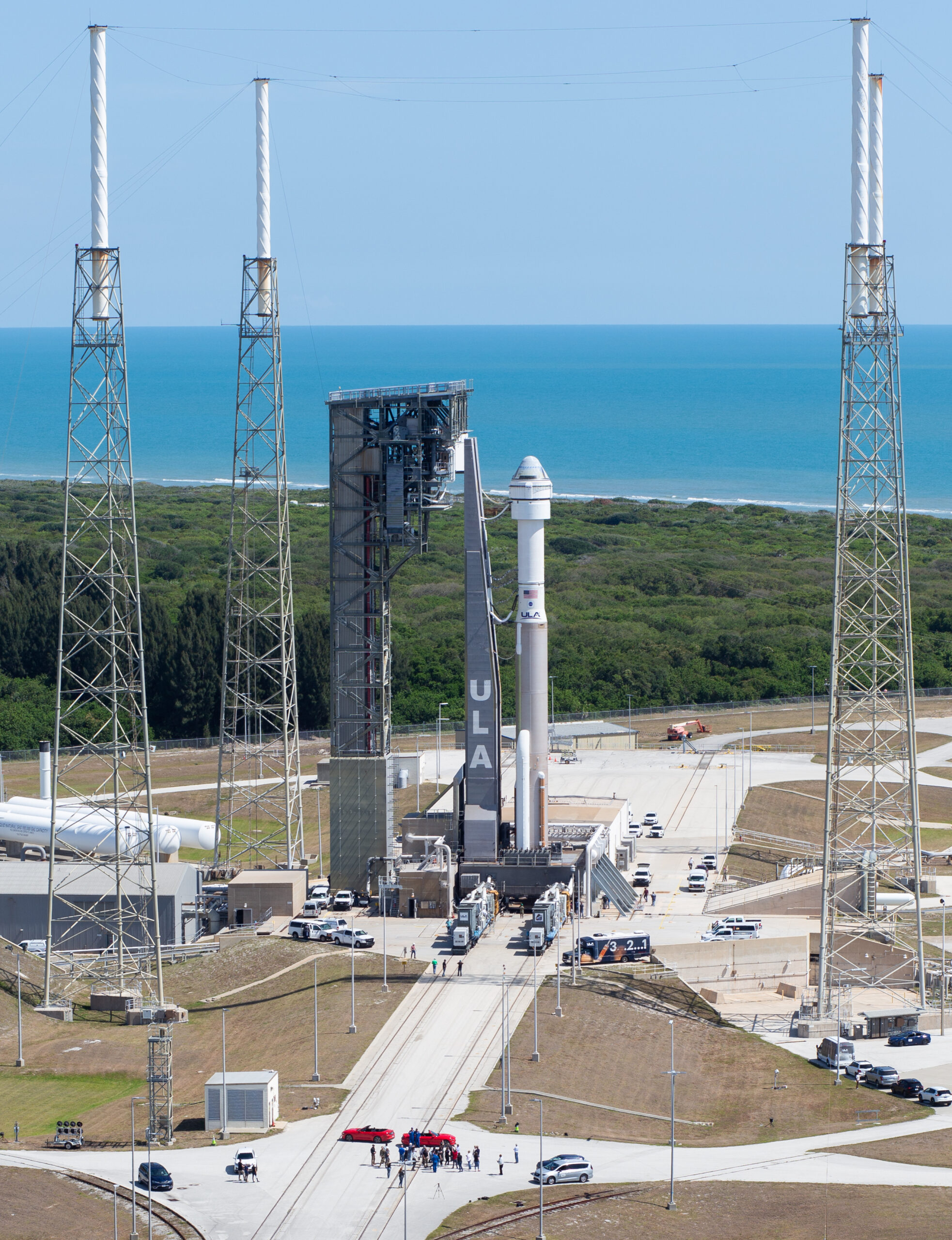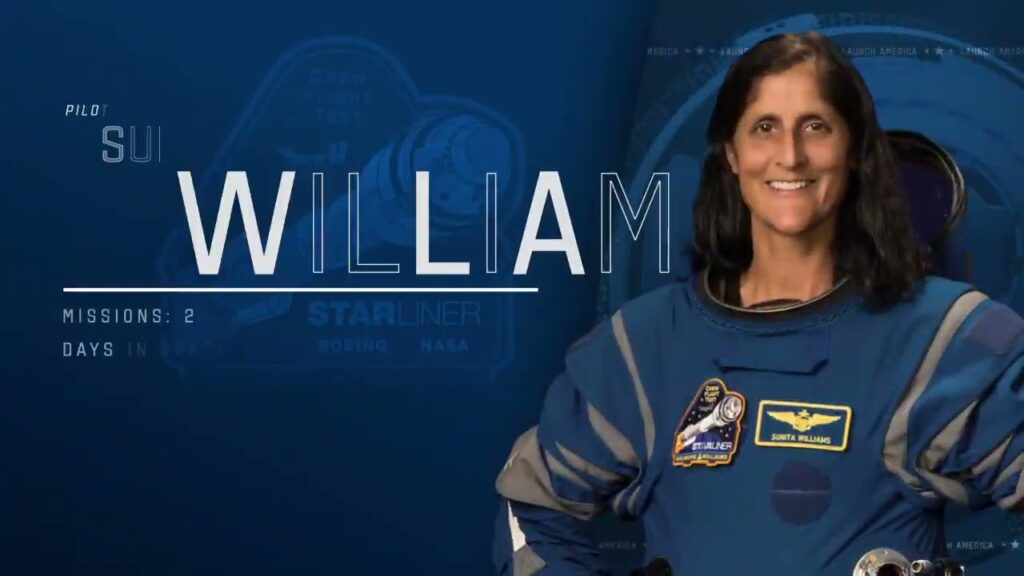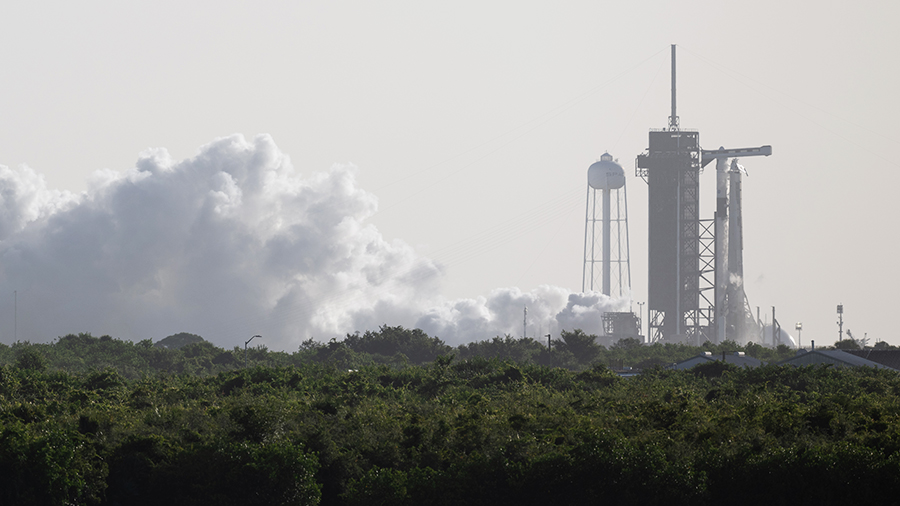
NASA, Boeing, and ULA (United Launch Alliance) teams continue working remaining open tasks in preparation for the agency’s Boeing Crew Flight Test to the International Space Station. The teams now are targeting a launch date of no earlier than 4:43 p.m. EDT on Tuesday, May 21, to complete additional testing.
On May 11, the ULA team successfully replaced a pressure regulation valve on the liquid oxygen tank on the Atlas V rocket’s Centaur upper stage. The team also performed re-pressurization and system purges, and tested the new valve, which performed normally.
Starliner teams are working to resolve a small helium leak detected in the spacecraft’s service module traced to a flange on a single reaction control system thruster. Helium is used in spacecraft thruster systems to allow the thrusters to fire and is not combustible or toxic.
NASA and Boeing are developing spacecraft testing and operational solutions to address the issue. As a part of the testing, Boeing will bring the propulsion system up to flight pressurization just as it does prior to launch, and then allow the helium system to vent naturally to validate existing data and strengthen flight rationale. Mission teams also completed a thorough review of the data from the May 6 launch attempt and are not tracking any other issues.
The Atlas V and Starliner remain in the Vertical Integration Facility at Space Launch Complex-41 on Cape Canaveral Space Force Station in Florida.
NASA astronauts Butch Wilmore and Suni Williams, still in preflight quarantine, returned to Houston on May 10 to spend extra time with their families as prelaunch operations progress. The duo will fly back to NASA’s Kennedy Space Center in Florida in the coming days.
Wilmore and Williams are the first to launch aboard Boeing’s Starliner to the space station as part of the agency’s Commercial Crew Program. The astronauts will spend about a week at the orbiting laboratory before returning to Earth and making a parachute and airbag-assisted landing in the southwestern United States.
After successful completion of the mission, NASA will begin the final process of certifying Starliner and its systems for crewed rotation missions to the space station.



